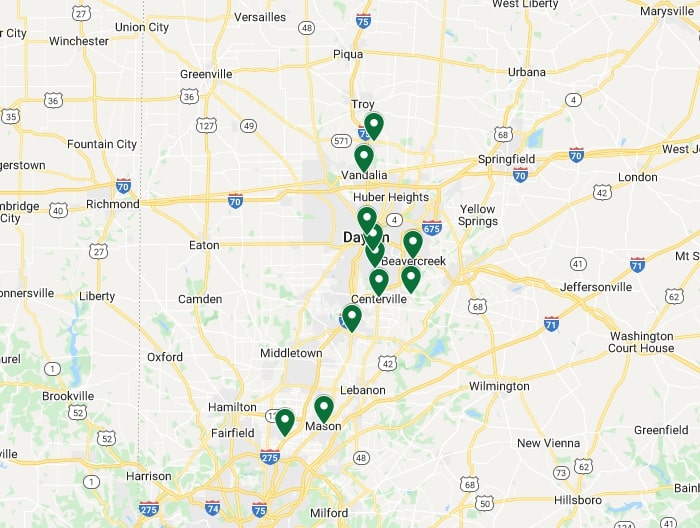Winter Weather: Putting Your Landscape to Sleep
Back in our September 4th blog post, Plant Health Care: Steps to Take Now to Prepare for Winter, we discussed the steps plants go through to prepare for cooler weather. Today’s post builds on these concepts with suggestions on the different ways you can prepare your lawn and plants for the winter. As the colder temperatures approach, these suggestions will ensure your landscape is ready to successfully weather the winter.
Clean-up
As mentioned in our September post, the first step to preparing your landscape is a final clean-up. Use the first frost as an opportunity to mow turf, mulch and rake leaves and small branches, and prune back any dead foliage and perennials. Mulched leaves are perfect for layering around ornamental plants and trees to help manage moisture fluctuation in soil, insulate plant roots, and prevent soil-borne disease and weeds. For maximum benefit, simply layer the shredded leaves 3” deep under shrubs and trees, and extend the mulch layer two to three times the width of the canopy.
This is also a good time to till soil in flowerbeds or gardens. The tilling helps break up and aerate the soil while disturbing pests that could cause damage to roots. Further, the late fall/early winter clean-up is the time to fertilize for cold weather grasses. This late fertilization acts to feed cool weather grass, such as fescue and bluegrass, while helping to strengthen the roots of warm weather grasses.
While cleaning up your landscape leave ornamental grasses and cool weather plants, like the Winterberry, standing. The ornamental grasses and cool weather plants will continue to grow into the new year and provide a warm haven for beneficial pollinators and small animals. It is also recommended to keep pruned plant stems approximately 18”- 24” tall. This enough to cut back the dead foliage while leaving enough material for new growth in the spring. And, like the cool weather plants, the stalks act as food and shelter for local wildlife.
Protect
Once the landscape has been cleaned, it’s time to protect remaining plants and trees from the impending winter storms. Applying anti-desiccant spray treatments will protect evergreens and other plants by helping them hold moisture. This protects against evaporation and moisture loss from wind and harsh winter weather. In addition to anti-desiccant application, utilizing tree wraps and burlap sacks can protect smaller trees, shrubs, and plants. Burlap sacks create covering, secured by twine, to keep plants warm and protected against wind and snow. Whereas burlap sacks cover the plant entirely, tree wraps will wrap around the trunk to reduce bark splitting caused by temperature fluctuation. All three protection mechanisms work together to ensure trees and plants survive the winter.
By following these suggestions, you can relax knowing your landscape has been successfully put to bed for the winter months. Feel even more confident by choosing Country Club Landscaping to manage this process for you. The Country Club Landscaping team are experts in winterization. From clean-up to protection we make sure you, and your landscape, can rest easy until spring.




